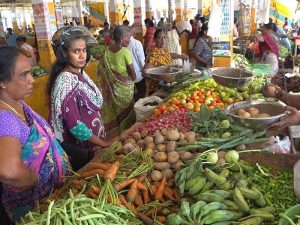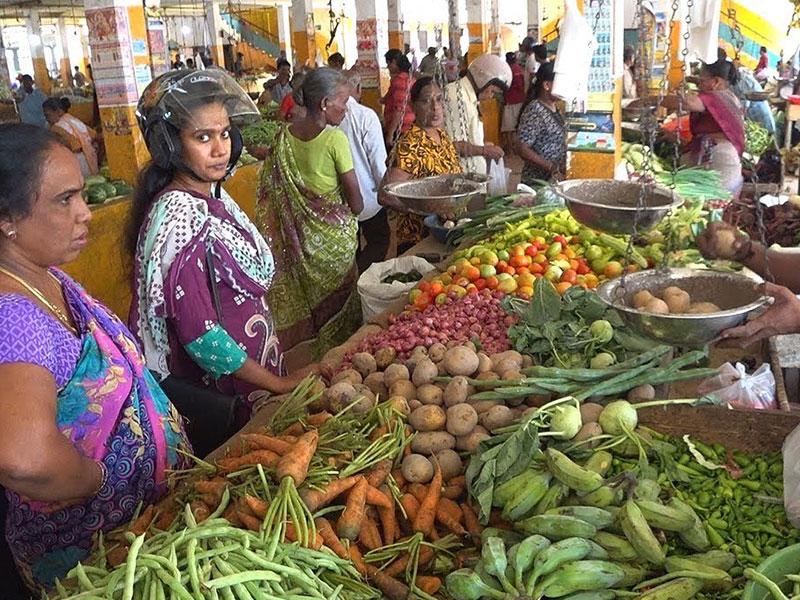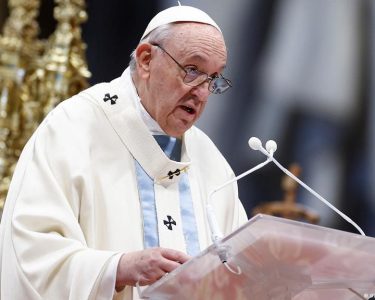In Sri Lanka, as in many countries, the relationship between inflation and the cost of living can be complex and multifaceted. Let’s break down the situation based on the information provided:

Inflation Rate: The key inflation rate in Sri Lanka fell to 0.9% year-on-year in March from 5.9% in February. This decrease was primarily attributed to a significant reduction in power tariffs for households, leading to a negative inflation rate of 4.7% in the Housing, Water, Electricity, and Gas category.
Food Prices: Despite the overall decrease in inflation, food prices rose by 3.8% in March compared to February, indicating that certain essential items experienced price increases. This rise in food prices could contribute to the perception that the cost of living is not decreasing.
Non-food Items: Prices for non-food items increased by 0.5% in March compared to the previous year. Although this increase is lower than the previous month, it still indicates a general upward trend in the prices of goods beyond food items.
Expectations and Projections: Despite the current decrease in inflation, analysts like Dimantha Mathew suggest that inflation may return to a slightly upward trend in April. This implies that the cost of living may not necessarily decrease in the near future.
Central Bank Actions: The Central Bank of Sri Lanka has reduced policy rates by 700 basis points since last year in an effort to stimulate economic growth. Despite these rate cuts, the central bank expects inflation to remain in line with the 5% target for the next 12-18 months.
In summary, while the overall inflation rate has decreased, certain factors such as rising food prices contribute to the perception that the cost of living remains high. Additionally, projections suggest that inflation may trend upwards again in the future, indicating potential challenges for managing living expenses in Sri Lanka.







